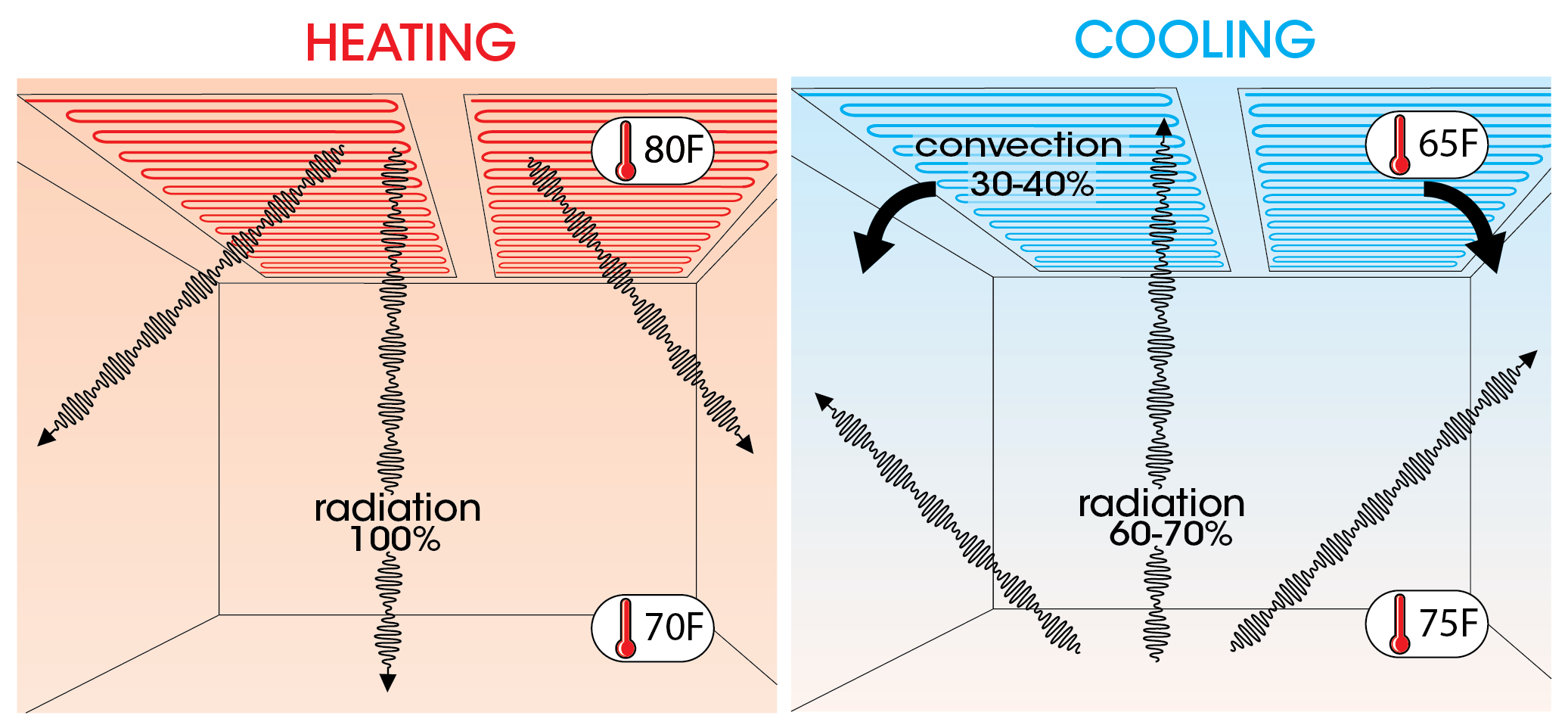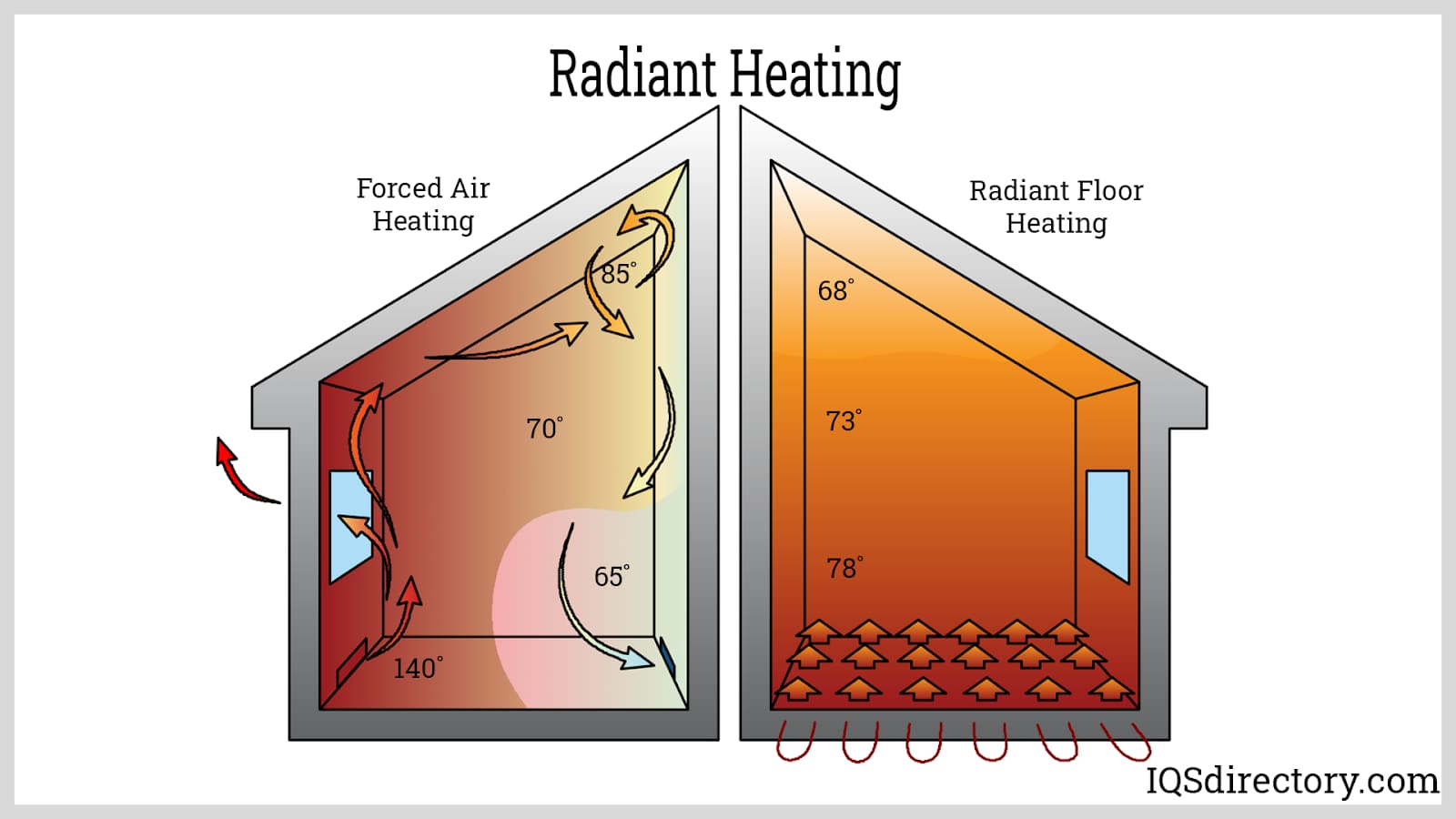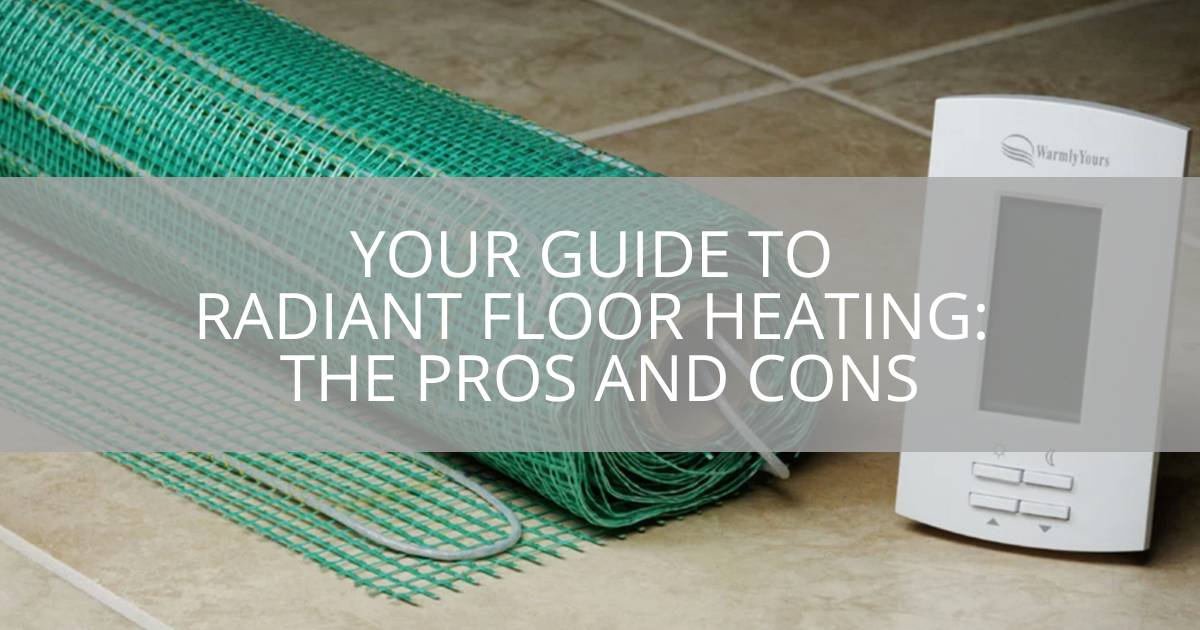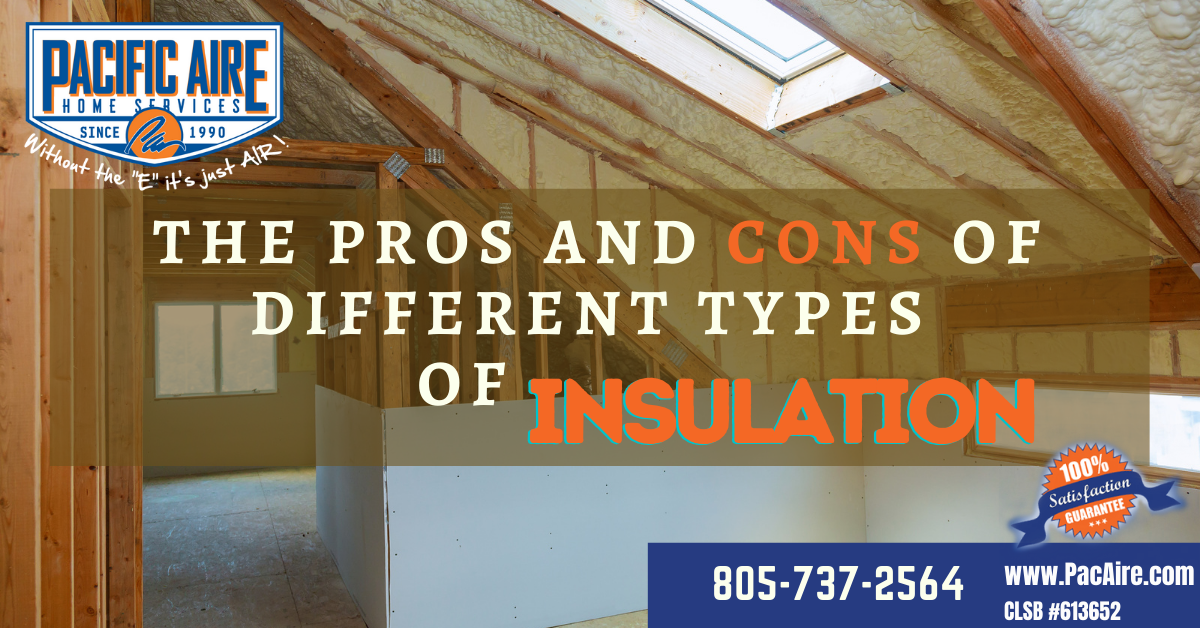Radiant Ceiling Heat Pros And Cons

Frequently Asked Questions About Radiant Ceiling Heat
What is radiant ceiling heat, and how does it work?
Radiant ceiling heat is a heating system that uses the ceiling as a large, radiating surface to warm a room. It works by emitting infrared radiation, which heats objects and people directly, rather than heating the air like traditional forced-air systems. Think of it like the sun – it warms you even on a cold day.
What are the main advantages (pros) of using radiant ceiling heat?
Radiant ceiling heat offers several compelling benefits:
- Even Heating: Because the entire ceiling acts as a radiator, the heat is distributed more evenly throughout the room. No more cold spots!
- Energy Efficiency: Radiant systems can be more energy efficient than forced-air systems because they directly heat objects and people, requiring a lower overall temperature to achieve the same level of comfort. You're not heating unused air space.
- Quiet Operation: Radiant ceiling heat is virtually silent. There are no fans or noisy ductwork to contend with.
- Improved Air Quality: Since it doesn't circulate air, radiant heat reduces dust, allergens, and other airborne particles, making it a great choice for people with allergies or asthma.
- Space Saving: No bulky radiators or vents are needed, freeing up valuable floor and wall space.
- Zone Control: Radiant ceiling heat can be easily zoned, allowing you to control the temperature in individual rooms.
- Design Flexibility: Radiant heating elements can be integrated into various ceiling types, offering design flexibility.
What are the potential drawbacks (cons) of radiant ceiling heat?
While radiant ceiling heat has many advantages, it's important to consider the potential drawbacks:
- Installation Cost: The initial installation cost of radiant ceiling heat can be higher than traditional forced-air systems, especially for retrofits.
- Slower Response Time: Radiant systems can take longer to heat up a room compared to forced-air systems. However, once heated, they maintain a more consistent temperature.
- Furniture Placement: Placing large objects directly against the ceiling can block the radiant heat and reduce its effectiveness.
- Ceiling Limitations: Certain ceiling types, such as very thick or highly insulated ceilings, may not be suitable for radiant heat.
- Repair Complexity: Repairs to radiant ceiling heat systems can be more complex than repairing traditional systems, potentially requiring specialized technicians.
- Potential for Damage: Although rare, there's a potential for damage to the heating elements within the ceiling, which can be difficult and costly to repair.
- Retrofitting Challenges: Retrofitting an existing home with radiant ceiling heat can be more challenging and expensive than installing it in new construction. Access to the ceiling space is crucial.
Is radiant ceiling heat energy efficient, and how much can I save on my energy bills?
Radiant ceiling heat can be more energy efficient than forced-air systems, potentially leading to savings on energy bills. Here's why:
- Direct Heating: Radiant heat directly warms objects and people, rather than wasting energy heating the air.
- Lower Air Temperature: You can achieve the same level of comfort at a lower thermostat setting compared to forced-air systems. Studies show that people feel just as warm at 68°F with radiant heat as they do at 72°F with forced air.
- Zoned Heating: You can heat only the rooms you are using, avoiding wasted energy in unoccupied areas.
The exact amount of energy savings will vary depending on factors such as climate, insulation levels, building construction, and personal usage habits. However, many homeowners report energy savings of 10% to 30% compared to forced-air systems. A professional energy audit can help you estimate the potential savings for your specific situation.
What types of radiant ceiling heat systems are available?
There are primarily two main types of radiant ceiling heat systems:
- Electric Radiant Panels: These are thin, electrically heated panels that are mounted on the ceiling. They are relatively easy to install and can be a good option for smaller areas or retrofits.
- Hydronic Radiant Systems: These systems use heated water circulating through tubes embedded in the ceiling. They are generally more energy efficient than electric panels, especially for larger areas or whole-house heating. Hydronic systems require a boiler or other heat source to heat the water.
Within these two main categories, there are variations in terms of panel size, tubing material, and control systems. It's important to consult with a qualified heating contractor to determine the best system for your specific needs.
How does radiant ceiling heat compare to other heating systems like forced air or baseboard heating?
Here's a comparison of radiant ceiling heat to other common heating systems:
- Radiant Ceiling Heat vs. Forced Air:
- Comfort: Radiant heat provides more even and consistent heating, while forced air can create drafts and temperature fluctuations.
- Air Quality: Radiant heat is better for air quality as it doesn't circulate dust and allergens.
- Noise: Radiant heat is much quieter than forced air.
- Energy Efficiency: Radiant heat can be more energy efficient, especially in well-insulated homes.
- Installation Cost: Forced air is typically less expensive to install initially.
- Radiant Ceiling Heat vs. Baseboard Heating:
- Space Saving: Radiant ceiling heat frees up floor space compared to baseboard heaters.
- Comfort: Radiant heat provides more even heating from above, while baseboard heaters heat from the floor up.
- Safety: Radiant ceiling heat is safer for children and pets as they cannot directly touch hot surfaces.
- Efficiency: Both systems can be energy efficient, but radiant ceiling heat may offer better zonal control.
- Installation: Baseboard heating is often easier and less expensive to install in existing homes.
How much does it cost to install a radiant ceiling heat system?
The cost of installing a radiant ceiling heat system can vary widely depending on several factors:
- System Type: Hydronic systems are generally more expensive to install than electric panel systems.
- Size of the Area: The larger the area to be heated, the higher the cost.
- Complexity of the Installation: Retrofits are typically more expensive than new construction.
- Ceiling Type: Certain ceiling types may require more labor and materials.
- Labor Costs: Labor rates vary depending on the region and the contractor's experience.
- Materials Used: The quality and type of materials used will affect the cost.
As a rough estimate, you can expect to pay anywhere from $8 to $20 per square foot for a professionally installed radiant ceiling heat system. It's always best to get multiple quotes from qualified heating contractors to get an accurate estimate for your specific project.
Can I install radiant ceiling heat myself (DIY), or do I need a professional?
While some homeowners with advanced DIY skills may be tempted to install radiant ceiling heat themselves, it's generally recommended to hire a professional for the following reasons:
- Electrical Work: Electric radiant panel systems require electrical wiring, which can be dangerous if not done correctly. Improper wiring can lead to fire hazards.
- Plumbing (Hydronic Systems): Hydronic systems require plumbing connections, which must be done properly to prevent leaks and water damage.
- System Design: A professional can design the system to ensure optimal performance and efficiency, taking into account factors such as room size, insulation levels, and ceiling type.
- Building Codes: Heating installations must comply with local building codes, which a professional will be familiar with.
- Warranty: Many manufacturers require professional installation to validate the warranty on their products.
Even if you're comfortable with some aspects of the installation, it's wise to consult with a professional to ensure the system is installed safely and correctly. Incorrect installation can lead to performance issues, safety hazards, and costly repairs down the road.










